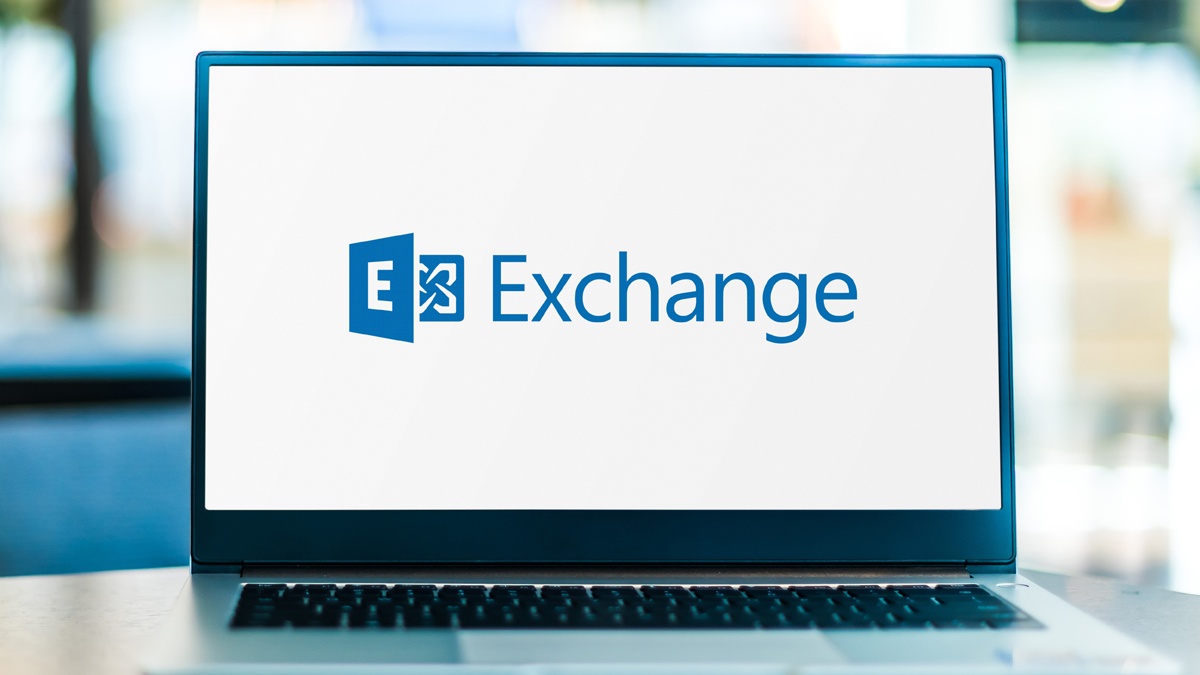Microsoft Exchange Server is one of the most widely used email server applications for businesses. However, this type of email server is very vulnerable to attacks.
In recent years, there have been many Exchange server attacks that have compromised the email accounts of all kinds of businesses.
If you’re currently using Microsoft Exchange servers to power your business, then you need to take steps to make sure your email server is secure.
Why Are Microsoft Exchange Servers Vulnerable?
In early 2021 the Microsoft Exchange servers were exploited by hackers using a zero-day vulnerability to access sensitive email information.
A zero-day attack means there were zero days to issue a patch before the server vulnerability was taken advantage of. The attacks originally targeted specific businesses, but until the patch was released they got more broad in scope.
According to Microsoft it was known as a nation-state cyberattack, which uses virtual private servers to launch attacks within the United States.
This attack alone impacted tens of thousands of different businesses who use the Microsoft Exchange servers to power email, calendars, and other forms of communication and collaboration.
The attack affected the self-hosted version of Microsoft Exchange and not those who were using Microsoft Exchange Online.
However, the hacks of early last year weren’t the only known vulnerabilities. Over the years, there have been several different hacks and attacks on Exchange servers.
How Exchange Server Hacks Leave Your Business Vulnerable
These attacks are harmful to your business because it allows hackers to access individual mailbox details and steal your data.
Hackers can even add their own accounts to your server and obtain administrative access. This gives them nearly full control over your email inbox and server and lets them access all of your important and sensitive business information.
Plus, they can disable any active antivirus software and automatic updates you have running to put you further at risk.
How to Secure Your Email Server
For the single large-scale attack at the beginning of 2021, Microsoft issued a patch for any main email server vulnerabilities caused by the hack. So, the first step is to apply these patches if your business is in the position to do so.
However, there are further steps you can take to secure your server to ensure your business remains safe and your data stays protected into the future.
1. Make Sure Your Exchange Servers are Always Up to Date
If you haven’t done so already, your first step should be to make sure your server is up to date with the latest software update and patches.
When new updates and patches are released it helps to keep your server secure and high performing.
2. Backup Your Systems and Email Communication
If you’re running any on-premises Exchange servers, then you should backup all of your systems as soon as possible and store these backups offline.
This will help to protect your system from any further damage and you won’t lose all of your important email data.
Moving forward, it’s also good practice to regularly backup your email communications, so you can restore to a previous point if necessary.
3. Use Email Server Firewalls
Email server firewalls can help to block potential threats before they even reach your email inbox. There are Windows-specific firewalls you can deploy, or you can use a third-party firewall.
Firewalls can protect you from all kinds of online threats like ransomware, trojan horses, spyware, spam, and much more.
4. Regularly Monitor Your Exchange Servers for Suspicious Activity
There are a variety of different tools you can use to monitor your server for suspicious activity. These tools will alert you of any email or server activity that’s outside of the normal range of business email use.
You can set up monitoring for different parts like your email inbox, server, backups, received emails, and more.
5. Restrict Server Access to Internal Users Only
If possible, you should restrict server access to internal users only. By allowing remote server access there’s a greater risk threat of unwanted server access.
If your admin users need to access the server remotely, then you should have multiple layers of security in place, like two-factor authentication.
You can also set up access control based on user roles. So, users will only be able to perform certain tasks and have access to certain areas based on their role in your company.
6. Create a Blocklist of Known Offenders
Creating a block and allow list within your preferred email provider only allows trusted senders to reach your inbox.
For example, Microsoft Outlook integrates with the Exchange server and will filter out any senders listed on your block list.
You can also use a third-party tool to block known malicious IP addresses.
7. Use Security Tools to Boost Server Security
There are all kinds of third-party security products you can use to secure your Microsoft Exchange server. These solutions can protect your server from viruses, spear phishing attacks, DDoS attacks, malware, and more.
However, you want to make sure the security program you use actually integrates with your Exchange server.
How MX Guardian Can Help Improve Your Email Server Security
If you don’t have the proper email security protocols in place, then you’re opening your business to unnecessary risk, especially if you’re using Exchange servers.
You’ll want to improve your email security, so you can trust your inbox and make sure your data is always safe.
MX Guardian offers customized spam filtering and rules, protection against zero-day attacks, phishing and ransomware blocking, and more, to keep you and your business safe 24/7.
Sign up today for a full-featured 30-day free trial and help secure and protect your Microsoft Exchange server against current and future attacks.
